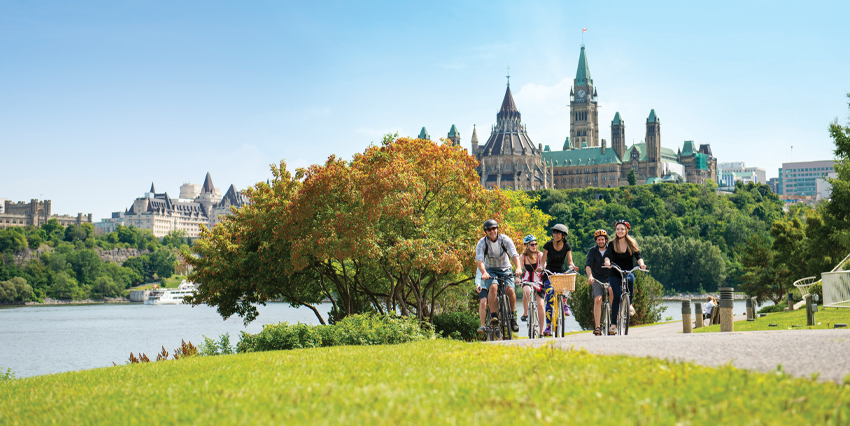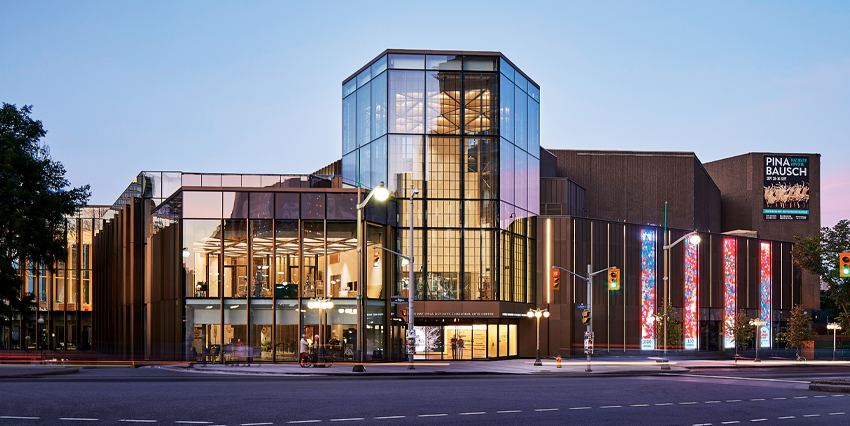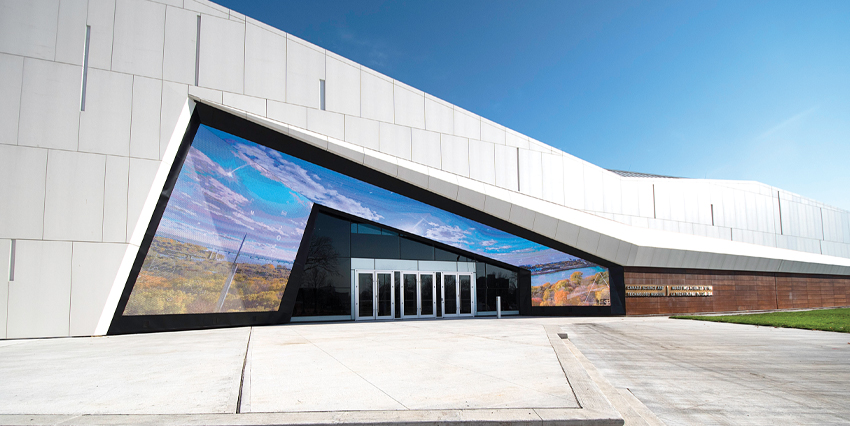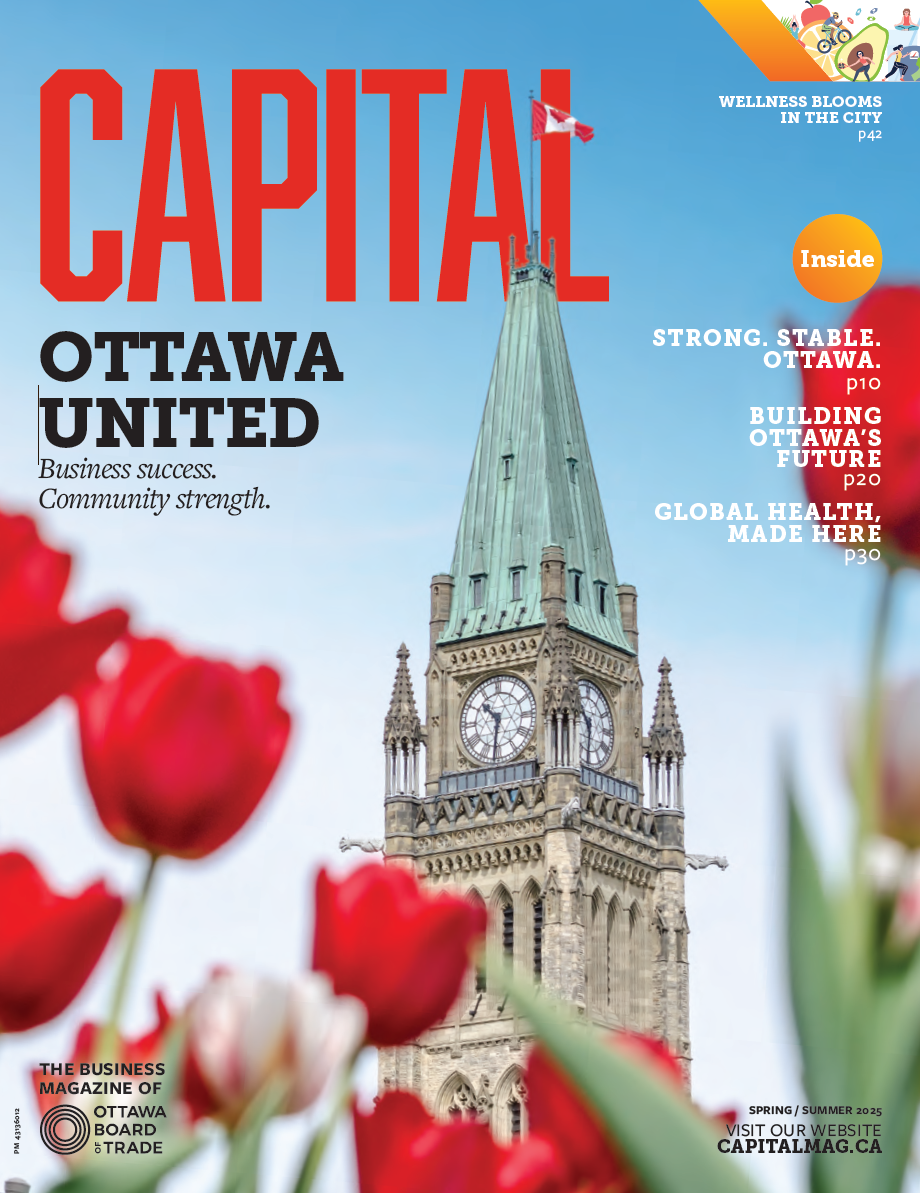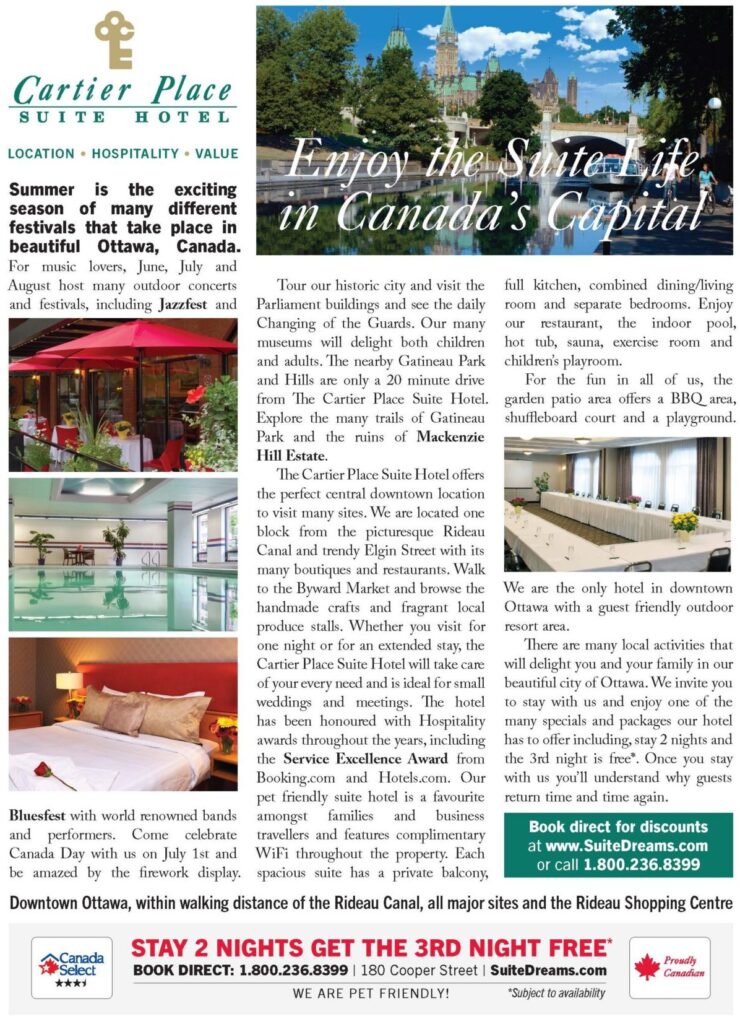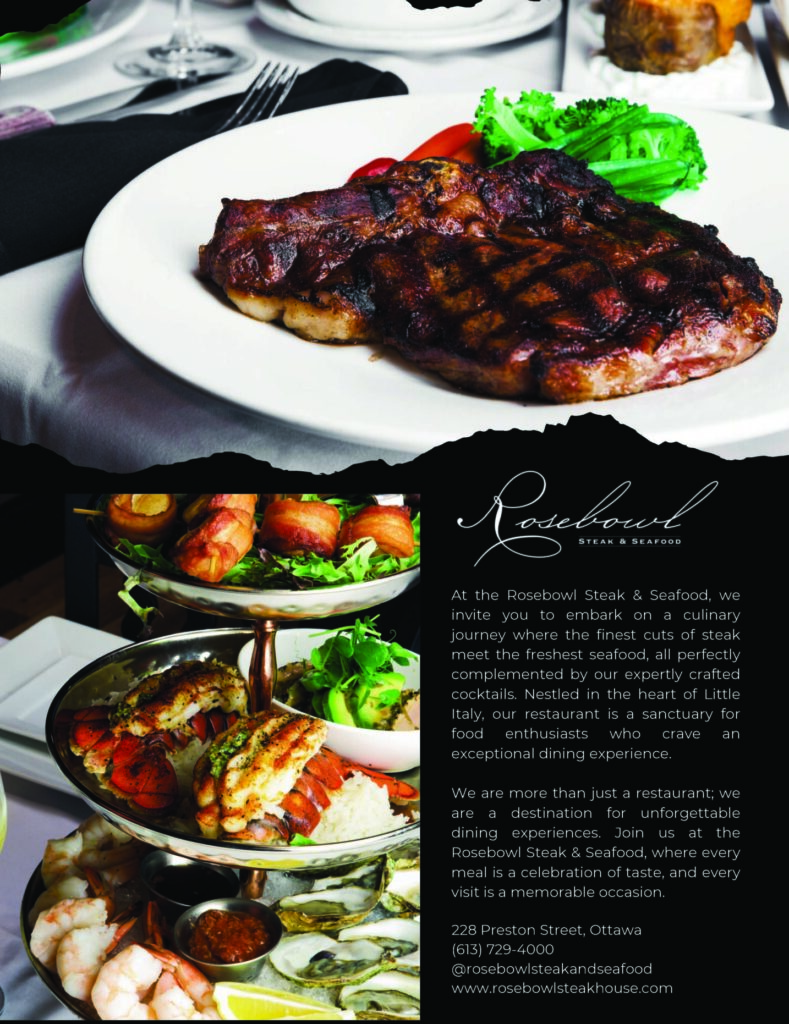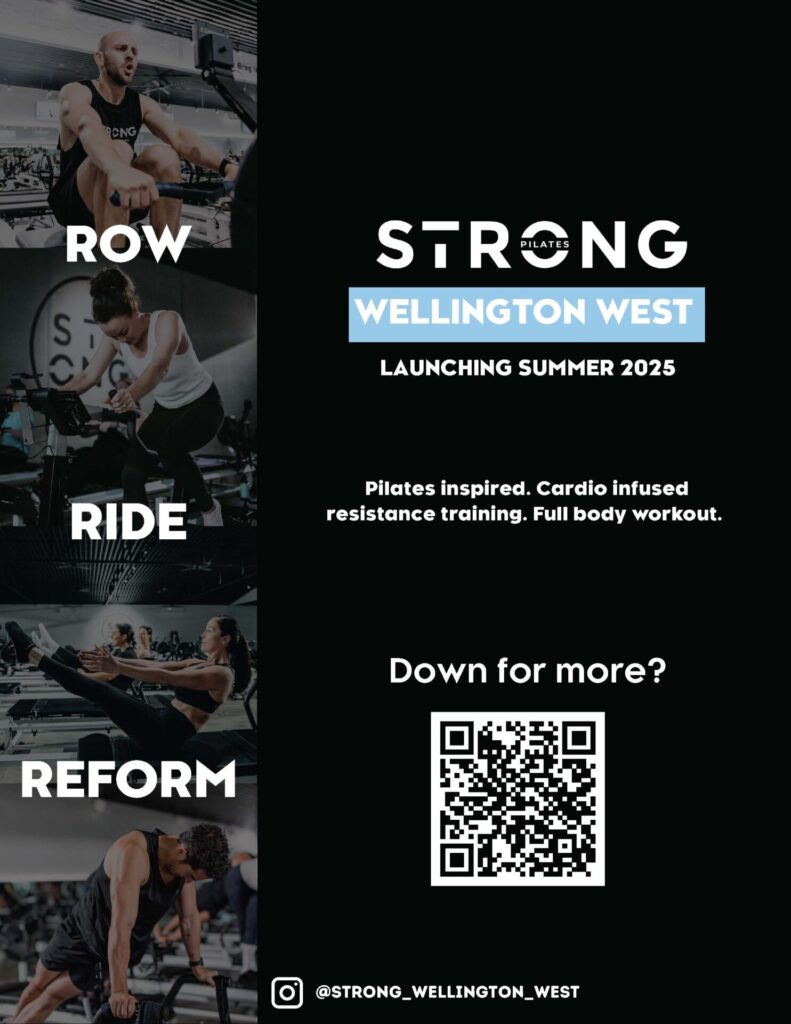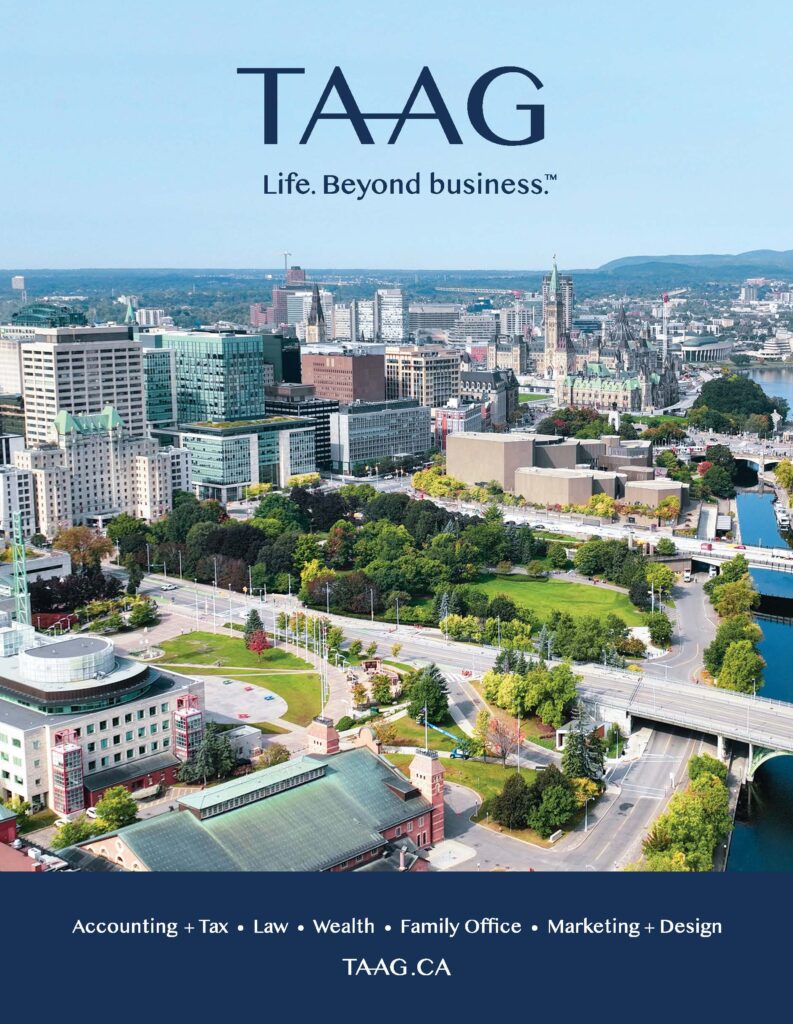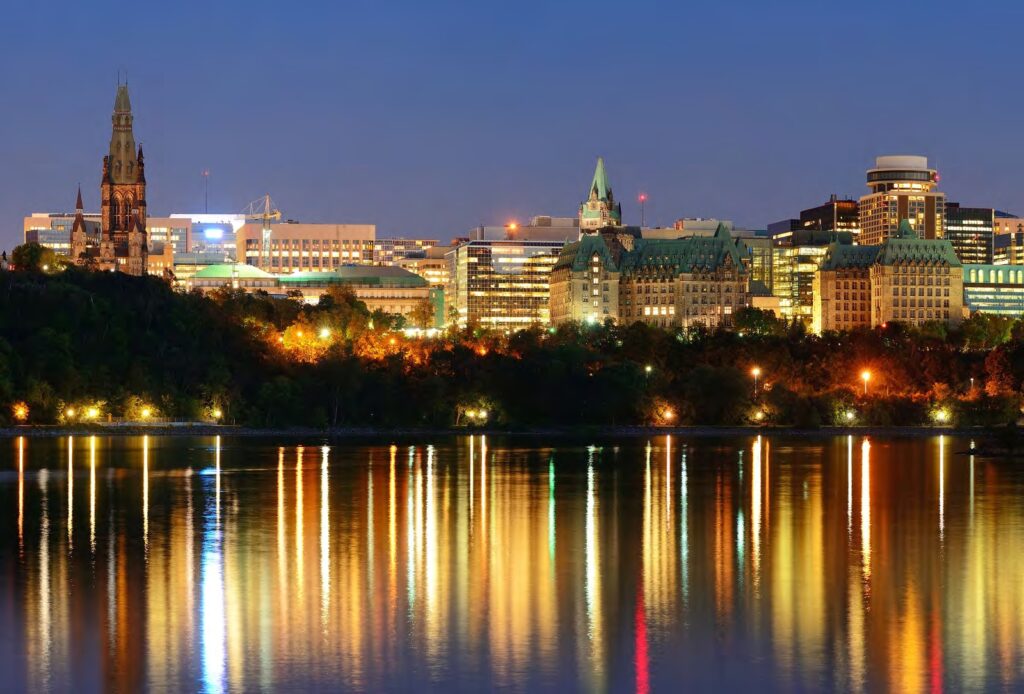Infrastructure Leads to Tourism Growth

Tavern on the Hill. Photo: Ottawa Tourism
Among urban destinations in Canada, few cities can rival the appeal of Ottawa. The city offers a remarkable selection of festivals, sporting, and cultural events; an impressive array of galleries and museums; and incredible craft beer and culinary scenes.
But Ottawa’s appeal also resides in the venues in which those events are held and the buildings in which those collections are contained: in a word, the city’s infrastructure.
Catherine Callary, Ottawa Tourism’s Vice President of Destination Development, says Ottawa is blessed to have infrastructure that reflects all stages of the city’s growth. “I love the history you find here,” she says. “From traditional Algonquin territory to the lumber industry to the G7 world capital of today, you can find the story of Canada writ large in Ottawa.”
That rich history not only endures, it thrives. From the iconic and beloved Parliament Buildings, currently undergoing renovations, to the ByWard Market, where today’s vendors and merchants provide food and services as their predecessors have for generations, tradition surrounds you. In winter, expect to share the Rideau Canal—a UNESCO World Heritage Site— with up to 20,000 other skaters.
An example of how that kind of history has continued to inspire is the Shaw Centre. Opened in 2011, the centre has not only elevated Ottawa’s reputation as a conference-hosting city, it has become an attraction in its own right. Described in the Globe and Mail as a “glass spaceship nosing toward the Rideau Canal,” the Centre—with its magnificent views of the Rideau Canal and Parliament Hill—is as good to look at as it is to look from.
Once little more than a venue for Ottawa’s football team, Lansdowne Park is now a vibrant locale for visitors and locals alike, playing host to concerts, a busy nightlife, restaurants, shops, unique events and festivals. And, yes, also sporting events. Watch for a new European-inspired Christmas market later this year!
A draw for culture lovers for 50 years, the recently renovated National Arts Centre offers visitors an even more dramatic setting today in which to experience the performing arts.
The recently renovated Bank of Canada Museum is another excellent example of purpose-built infrastructure with a modern, cosmopolitan vibe. It offers hands-on, interactive exhibits, informative videos, multimedia stations and old-school exhibits featuring centuries’ worth of economic artifacts.
Opened a year and a half ago after an $80 million facelift, the Canada Science and Technology Museum brings the technological and scientific history of Canada to life in innovative ways while preserving the locomotives and Crazy Kitchen that visitors have loved since 1967.
The newly built light rail transit system (LRT) is another piece of key infrastructure in its own right; and one that is essential to delivering visitors to other attractions, particularly those off the beaten track. Despite the setbacks normally associated with any major project, the 12.5 km LRT is expected to open this summer.
Few locations in Ottawa have been more “off the beaten track” than Chaudière Falls. Blocked from public access for more than a century by industrial development, the area is now home to a landscaped platform with exceptional view of the falls (thanks to Hydro Ottawa) and Zibi, a fully-integrated community overlooking the Ottawa River. Almost a quarter of the Zibi development will be dedicated to green space, including walking trails and cycling paths. Back at Hydro Ottawa’s Chaudière Falls site, infrastructure also includes sustainability elements like bypasses for the American Eel, a species at risk
Infrastructure is just one way Ottawa’s stories are told, and Ottawa Tourism is committed to sharing these stories with people around the world.
